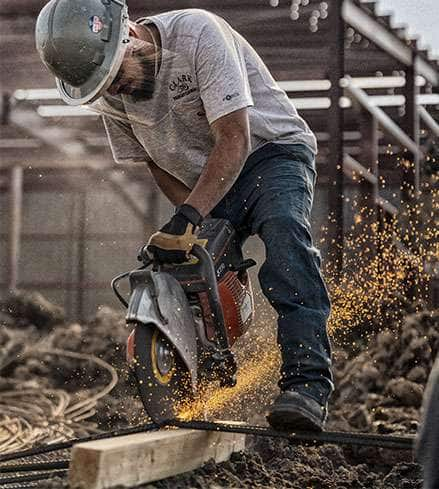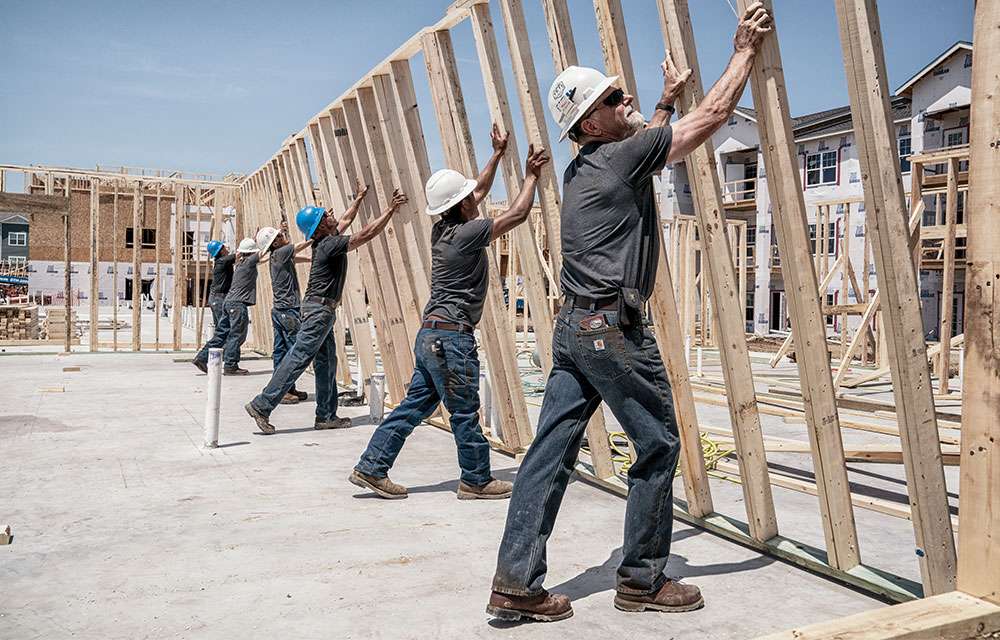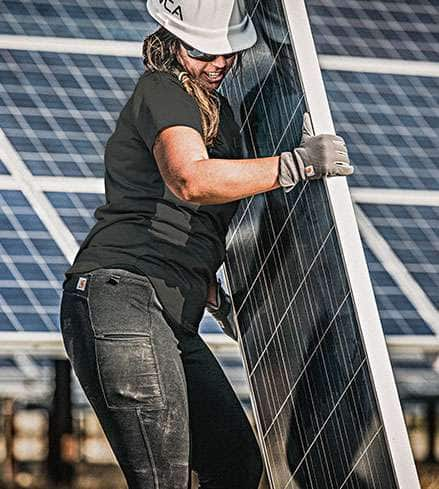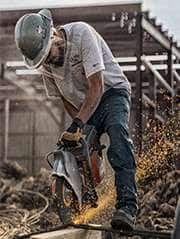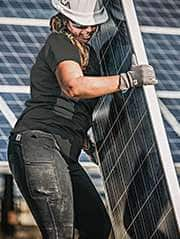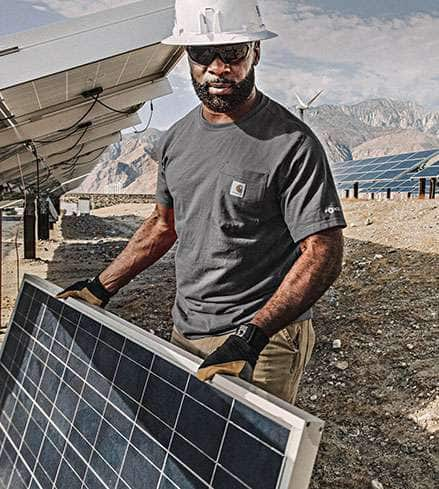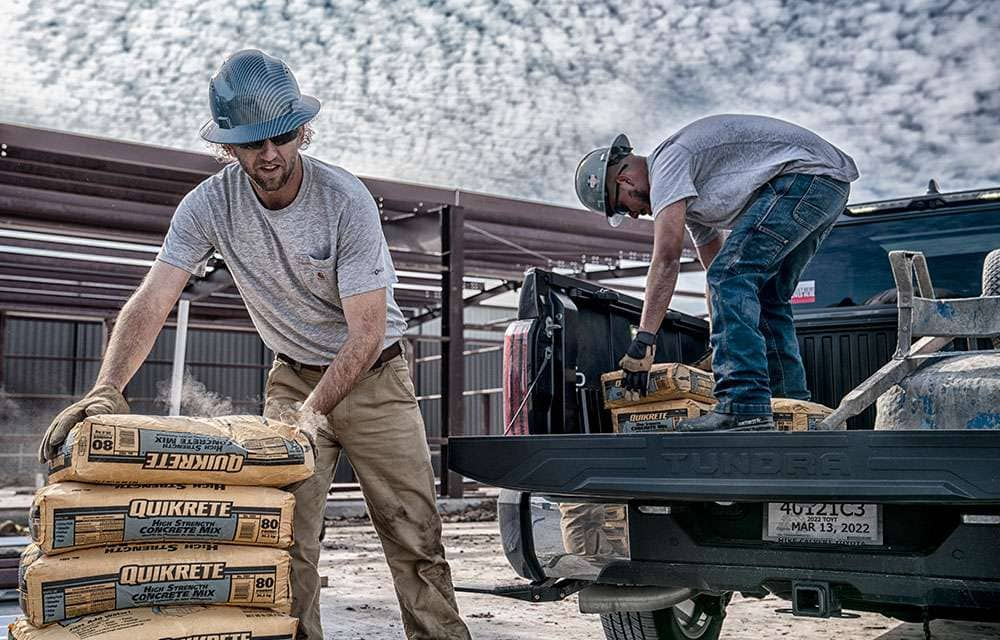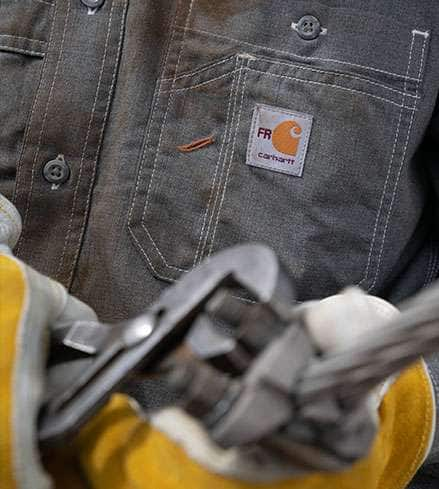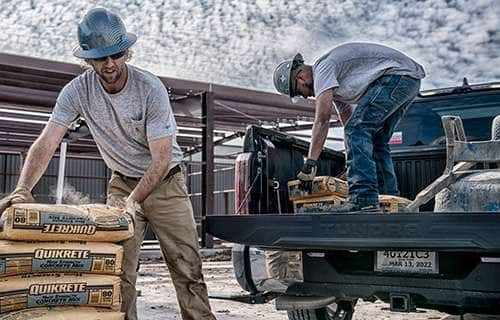THE 20% RULE
OSHA and the National Institute for Occupational Safety and Health recommend “the rule of 20%” to help new workers practice heat safety and get acclimated to hot working conditions. New workers should work no more than 1 hour and 40 minutes—20% of an 8 hour day—with at least one break during their first day in the heat. Give them tasks the rest of the day out of heat stress conditions. Increase the amount of time in the heat by 20% each day until they reach a full 8 hours.
Companies should look for ways to improve heat safety in the workplace by building in plans for dealing with extreme temperatures. During the high-heat months, providing workers with portable fans, water misters and simple barrier protection, like tarps or screens, can help reduce the danger.
Job site managers can look to professional and amateur sports for heat safety tips including examples on how to deal with extreme conditions. Some sports have shifted game times and installed mandatory water breaks during competitions, offering players both cooling-down periods and the ability to rehydrate. Athletic uniform materials have advanced significantly in recent years with the introduction of lighter-weight fabrics that offer moisture-wicking characteristics.
No matter what other steps you take, providing personal protective equipment (PPE) with advanced fabric technologies in the form of uniforms employees will actually wear, is one of the most effective lines of defense against heat stress. Inappropriate clothing can actually increase the heat load on the body, increasing the potential for heat-related illnesses.
The Carhartt Force® line is specially built to enhance the body’s natural self-regulating processes. Force features a cotton/poly fabric blend with Fast Dry® wicking technology to speed up the conversion of moisture to vapor so clothing dries faster and keeps workers comfortable on even the hottest of days. Force fabrics are also available in flame-resistant (FR) and high-vis apparel.





 LOGIN / REGISTER
LOGIN / REGISTER

